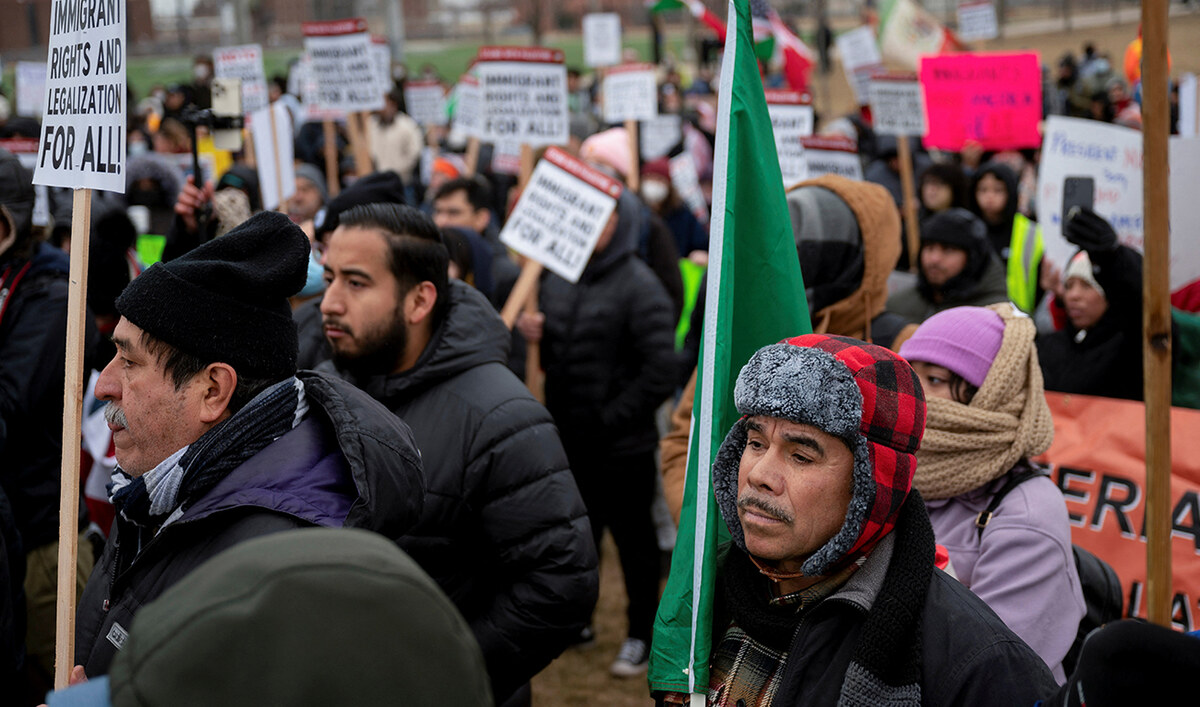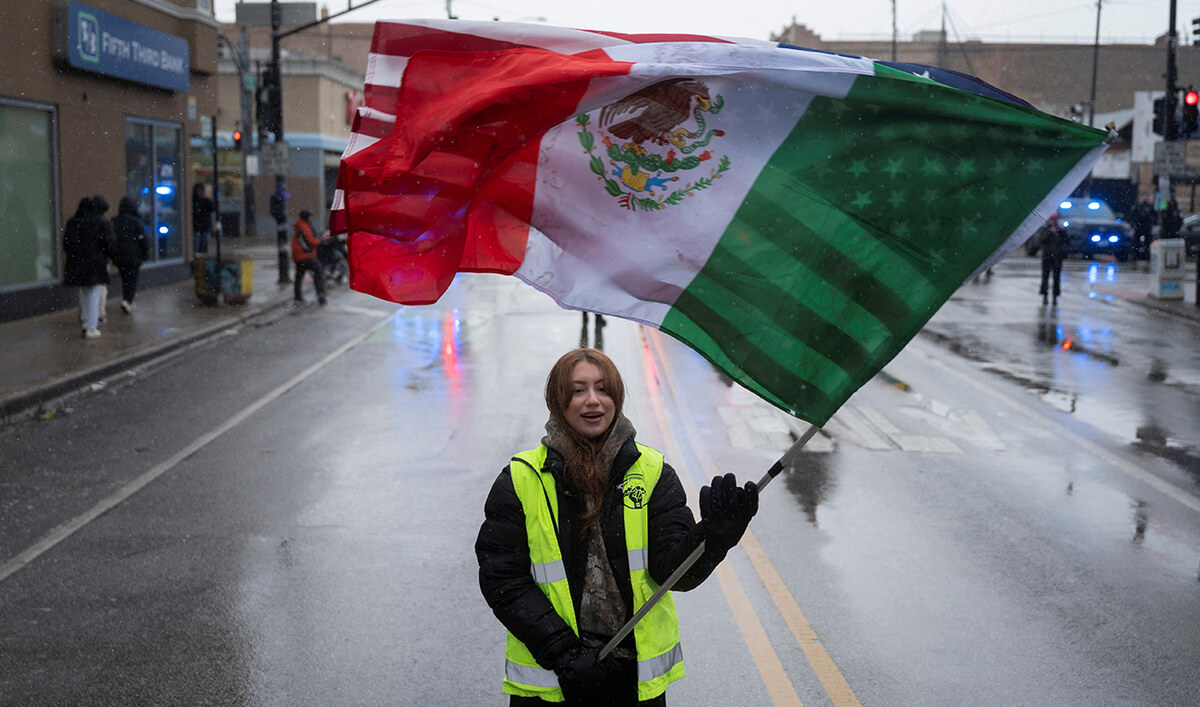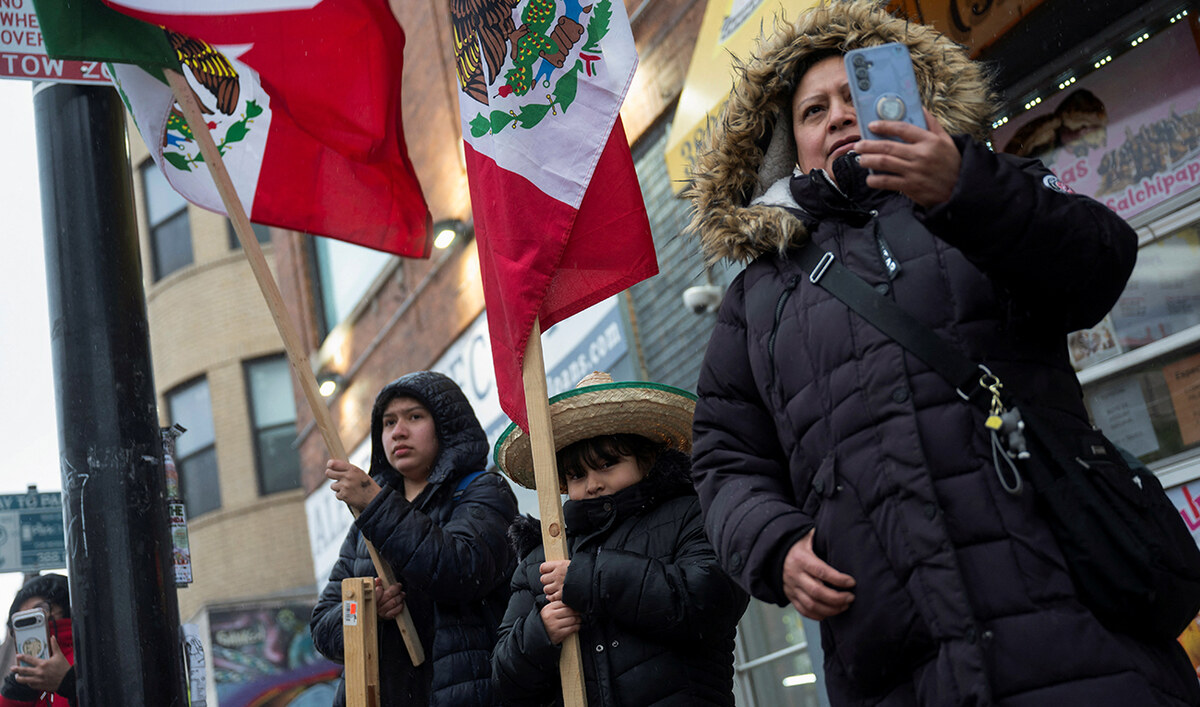CAMDEN, Arkansas: As they stood before massive rocket launchers built in part by their Arkansas constituents, Republican lawmakers were getting an unambiguous message Thursday from America’s top military officer: A Ukraine aid package that’s stalled in Congress will not only help in the fight against Russia, but also support jobs in their districts.
The chairman of the Joint Chiefs of Staff doesn’t normally fly around the United States with members of Congress. But Gen. C.Q. Brown’s trip was part of the Pentagon’s full-court press to get the House to move forward on a $95 billion foreign aid package that’s key to getting critical munitions flowing to Kyiv again.
Brown’s travel companions included both supporters and opponents of the current Ukraine aid package. But even some who have been cautious said they do see a path forward for approval of the bill, which includes roughly $60 billion to support Ukraine.
“We want to be able to help our allies and also help keep our industrial complex to stay afloat,” said Rep. Bruce Westerman of Arkansas. “All of that said, it has to be a bill we can come to agreement on, and it has to be something that members of Congress feel like they understand what the mission is, and what the objective is, and what the plan is.”
Sen. John Boozman of Arkansas and Republican Sen. Markwayne Mullin of Oklahoma also joined Brown for a tour of Lockheed Martin’s factory in Camden, Arkansas, where they walked past workers assembling massive ring bases for the M270 Multiple Launch Rocket System and the tube components of the High Mobility Artillery Rocket System, or HIMARS. Both systems have been in high demand in Ukraine.
Mullin, who previously voted against the bill, said he still sees a way to get approval for the aid, which he supports.
“There is a package that’s being worked on the Senate and the House side that could possibly move forward,” he said, citing an idea that would give the US first rights to Ukraine’s mineral resources in return for the aid. It’s a type of loan that former President Donald Trump has supported and that could make the US less dependent on China, Mullin said.
“The whole world is out of ammunition,” said Boozman, who supported the bill. “Eventually we are going to get the dollars, because it’s so important.”
All three cited the impact the massive bill would have on the local workforce.
Brown also met with Oklahoma Republican Rep. Josh Brecheen on this trip, during a second stop at the McAlester Army Ammunition Plant in McAlester, Oklahoma. Brecheen has previously indicated he would not support the bill currently in the House.
In a call with reporters before the trip, Brown said he would use the time with the lawmakers, including during their flights, to talk about the importance of the supplemental national security funding.
“As I have done with other members, and I’ll do with these members, I’ll talk to them about the importance of the supplemental and not only how it helps Ukraine but also how it helps all of us. What I mean by that is much of the money, about 80 percent of the money out of the supplemental, will go back into our defense industrial base,” Brown said.
He said the funding is needed to replenish US military stockpiles that have been sent forward to Ukraine and that increased production ultimately generates income at home. It’s a point the Pentagon has increasingly pushed in recent months as current Ukraine funding ran out — and Ukrainian forces on the front line began to ration munitions against a much more robustly supplied Russian army.
Besides the HIMARS, Lockheed Martin’s Camden plant makes Army Tactical Missile Systems, or ATACMS, long-range missiles that Ukrainian President Volodymyr Zelensky said have proved effective against Russian forces.
The McAlester plant produces Navy and Air Force bombs, but is also a major storage site for critically needed 155mm munitions. Brown and the lawmakers visited one of the munitions storage sites at the sprawling plant, where bunkers and storage sites hold an undisclosed number of pallets of 250-pound and 2,000-pound bombs, among tens of thousands of rounds of 155mm ammunition, much of it shipped back to the US from South Korea to be retrofitted for Ukraine. In support of Ukraine, the McAlester plant has also accelerated repair of Stinger and Hawk missiles.
The massive plant, which is one of several similar sites across the US, has orders to be ready at any time to surge and be able to send as many as 435 shipping containers — each able to carry 15 tons worth of munitions — if ordered to do so by the president. For the past year it’s been pulling from its storage sites to fill Ukraine’s needs when each new aid package has been announced.
Arkansas Republican Sen. Tom Cotton, a high-ranking member of the Senate Armed Services Committee, and Oklahoma Sen. James Lankford, who negotiated the failed border bill that has now become a sticking point for the Ukraine aid bill in the House, had been scheduled to travel with Brown but were not on the trip.
The lawmakers have taken different approaches on their support for Ukraine as the war has dragged on.
In May 2022, the Arkansas senators split on a $40 billion Ukraine aid package, with Cotton joining Lankford in favor of the aid and Boozman opposed.
Mullin, who was a member of the House at the time before being elected to the Senate, also voted in favor of the 2022 aid package, as did Westerman.
But more recently, as the Senate last month approved the $95 billion aid package for Ukraine, Israel and the Indo-Pacific allies, Cotton, Lankford and Mullin voted against it, while Boozman was in favor.
That bill is now stalled in the House, opposed by hard-line Republicans, including Brecheen, who said on social media the “disastrous legislation must be stopped.”
Trump, the GOP’s presumptive presidential nominee, has led the party away from Ukraine aid.
On Thursday, Senate Republican leader Mitch McConnell, who has championed the Ukraine aid despite objections from his own party, urged the House to “finish the job” by passing the Senate bill.
He said providing equipment to Ukraine for battlefield success is not only “the surest way” to resolve the war, but it strengthens America’s interests. “Investing in our own military and our own defense industrial capacity at the same time is common sense,” McConnell said in a Senate speech.
To push the package forward, some House lawmakers are attempting a rarely used procedural tool — a “discharge petition” — that could force an eventual vote. But it is a cumbersome process that’s also been complicated by dueling approaches, one for the Senate-passed bill and another for an emerging package.
US military chief tours arms plants with GOP lawmakers to show that Ukraine aid boosts jobs at home
https://arab.news/zurjc
US military chief tours arms plants with GOP lawmakers to show that Ukraine aid boosts jobs at home
























